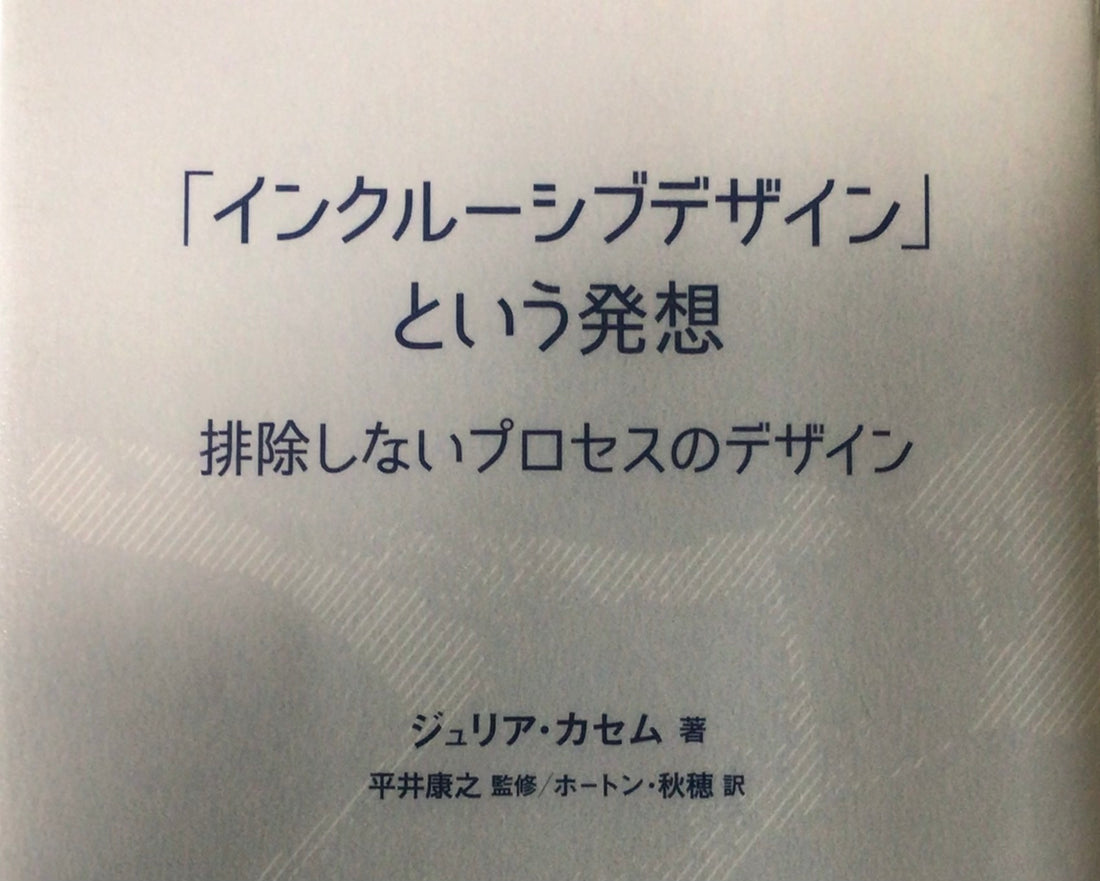[Read Documenting Ideas for "Inclusive Design" ~Designing a Non-Exclusive Process~, written by Julia Cassim, supervised by Yasuyuki Hirai, translated by Horton Akiho, Cinematic Arts, 2014]
This is a book about what ideas are best to make when making things. Excellence can be thought of as an economic, human or aesthetic criterion.
In particular, he believes that better design for society can be achieved by being aware of those who have hitherto been excluded from mainstream design. Simply put, I think it goes like this.

① Think about the existence of people who are excluded from a certain product. For example, today's bandages do not consider people who can only use one hand.

② Pay attention to excluded groups and consider their needs. In the case of tape, it is difficult to remove the sticker with one hand.

③ Come up with designs that meet the needs of excluded groups as well as mainstream needs. You can choose a bandage, tear it off, and use it right away. Even without disabilities, people with hand injuries will be more likely to use it.
For example, Aalto's "Pyomi Chair" is designed to make it easier for people with tuberculosis to breathe, and OXO's "Good-Grips" are designed to make it easier for wives with arthritis. Also a favorite product.
It seems that universal design often fails to take design and aesthetics into consideration. The most important thing is to popularize it, the biggest challenge is whether the public will accept it.
One more point, the author emphasizes the importance of diversity. It may sound unrelated to design, but with variety, creative discovery leads to creative expression. I want to cultivate my own diversity.
“Diversity is found in new and creative discoveries and expressions in all aspects of life, especially in business.” (p. 134)

